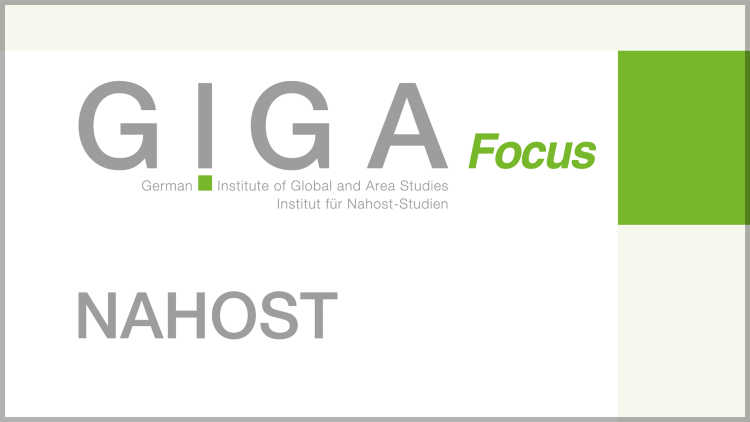- Home
- Publications
- GIGA Focus
- The Arab Spring: Triggers, Dynamics and Prospects
GIGA Focus International Edition English
The Arab Spring: Triggers, Dynamics and Prospects
Number 1 | 2012 | ISSN: 1862-3581
On 17 December 2010, the self-immolation of Tunisian vegetable vendor Mohammed Bouazizi sparked the Arab Spring. Within a few months, a wave of protest had swept away the despots of Tunisia, Egypt and Libya. Since then protests have been keeping the region, which has until recently been viewed as having stable authoritarian regimes and as being largely resistant to democratization, on edge.
Analysis
Since the outbreak of the Arab Spring, parliamentary elections and constitutional debates have been taking place in North Africa and the Middle East and the public discourse has been defined by open criticism of the remaining autocracies. How fundamental and sustainable these changes will prove to be cannot yet be judged with certainty. However, some striking commonalities can be noted.
The initial spontaneity and lightness with which the opposition movements called the regimes into question stunned not only Western observers but also the Arab rulers themselves. After the initial surprise, the remaining autocracies returned – with only limited success to date – to their former methods of stabilizing their rule.
The triggers, progression and intensity of the protests have varied from country to country. The reactions of the regimes have also ranged from cautious concessions to violent repression.
Most Arab regimes suffer from massive legitimacy deficits, and the citizens are demanding to finally be able to participate more fairly in political, economic and societal events. Their protests exhibit similar symbols and reciprocal references. These parallels make the Arab Spring a momentous and novel event that will have a lasting impact on the region.
Numerous Arab countries have seen a strengthening of moderate Islamist parties, which many people now view as competent and reliable alternatives to the existing regimes.
Footnotes
Regional Institutes
Research Programmes
How to cite this article
Rosiny, Stephan (2012), The Arab Spring: Triggers, Dynamics and Prospects, GIGA Focus International Edition English, 1, Hamburg: German Institute for Global and Area Studies (GIGA), http://nbn-resolving.de/urn:nbn:de:0168-ssoar-288759
Imprint
The GIGA Focus is an Open Access publication and can be read on the Internet and downloaded free of charge at www.giga-hamburg.de/en/publications/giga-focus. According to the conditions of the Creative-Commons license Attribution-No Derivative Works 3.0, this publication may be freely duplicated, circulated, and made accessible to the public. The particular conditions include the correct indication of the initial publication as GIGA Focus and no changes in or abbreviation of texts.
The German Institute for Global and Area Studies (GIGA) – Leibniz-Institut für Globale und Regionale Studien in Hamburg publishes the Focus series on Africa, Asia, Latin America, the Middle East and global issues. The GIGA Focus is edited and published by the GIGA. The views and opinions expressed are solely those of the authors and do not necessarily reflect those of the institute. Authors alone are responsible for the content of their articles. GIGA and the authors cannot be held liable for any errors and omissions, or for any consequences arising from the use of the information provided.



